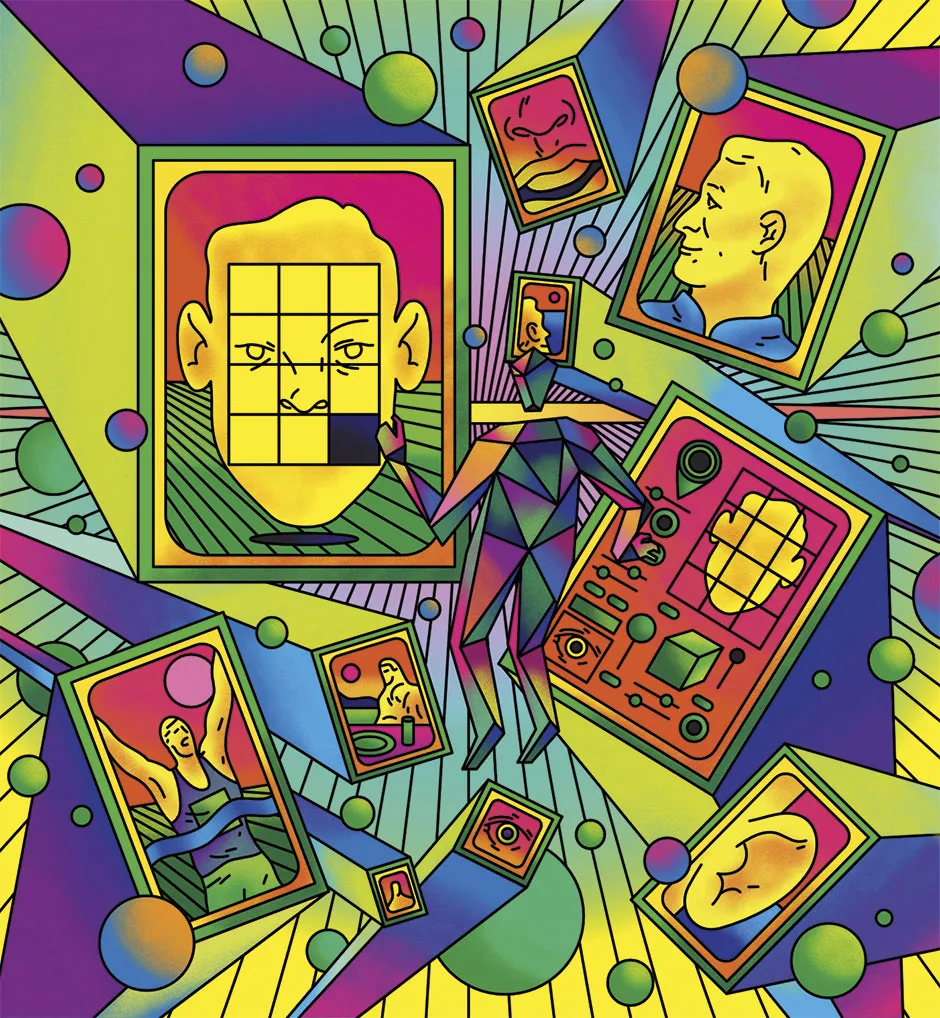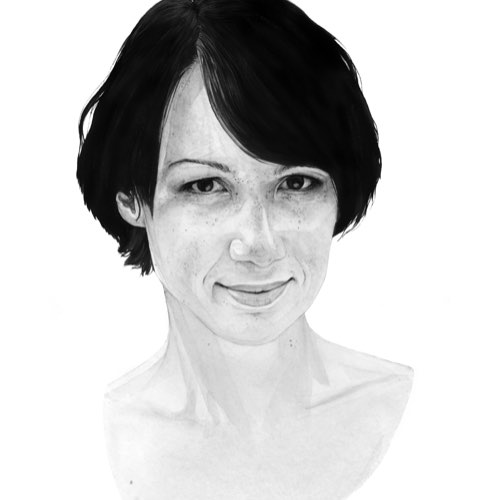Since 2008, I’ve been trying to track down a man on the other side of the world named Satoshi. I’m not a creeper, I swear. I’m a journalist.
During the first decade of the millennium, my beat was computer games. Over my tenure, games evolved away from home consoles to weird and wonderful immersive, interactive experiences that became interlaced with the rest of our lives through the power of the internet.
The most exciting were alternate reality games (ARGs), where designers created complex worlds using information already out there, or that they planted there, intertwined with codes flashed at the end of television shows, placed in magazines, or heard down the line of a public phone. The whole world could be the game board, and that made everything a bit more sparkly.
These ARGs sent players on global treasure hunts to track down daisy chains of clues that eventually led to the end of the mystery. In 2006, in a game called Perplex City by the British design company Mind Candy, we were sent to find a nameless man.
All that we had to go on was his face on a card and a teeny bit of text in Japanese that said ‘Find Me’. A hint gave the clue, ‘My name is Satoshi’. The puzzle was called Billion to One – find one person out of a billion on the planet.

Writer and puzzle designer Laura E Hall set up the website FindSatoshi.com in 2006 to collect theories and clues about Satoshi’s whereabouts from hunters around the world, and occasionally she’d pop up on the news or in YouTube videos trying to get more people involved. There was no other way to do it. Classic six degrees of separation stuff.
Satoshi was found last year, and according to Laura, it was only possible to identify him because of a recent shift in technology. “For the first few years, all we could do is get the word out to as wide a network as possible,” she explained in the recent ‘Find’ episode of The Digital Human.
Read more from Aleks Krotoski:
- How Discord groups are bringing back "the good old days" of the internet
- Why snow days are still vital in a post-COVID world
- Your brain is temporal soup: How past narratives trap our future thoughts
From 2018, it became possible for artificial intelligences to search for faces in a different way than ever before. These new techniques are based on facial recognition that can identify the same person in different photos, at different times. Previously, if you wanted to search for an image, the algorithm would find where on the web the same image you searched for also lived.
The last time Laura appeared on a YouTube vid about unsolved mysteries in 2020, a man named Tom-Lucas Säger in Germany took the bait. He did a reverse image search, found a picture of a guy who looked like Satoshi, cross-referenced it with a photo of a runner at the finish line of a Japanese marathon that had been uploaded a year or so earlier, and found out with a simple search that this runner’s name was Satoshi, and voila, the mystery was solved.
When Laura contacted him, Satoshi Shimojima had forgotten that he’d once donated a photo to a random stranger who was making a game. He’s just an ordinary guy who lives in Japan. But tens of thousands of people had been searching for him since that time. All it took was technology to catch up and solve the mystery.
- This article first appeared inissue 363ofBBC Science Focus Magazine–find out how to subscribe here



